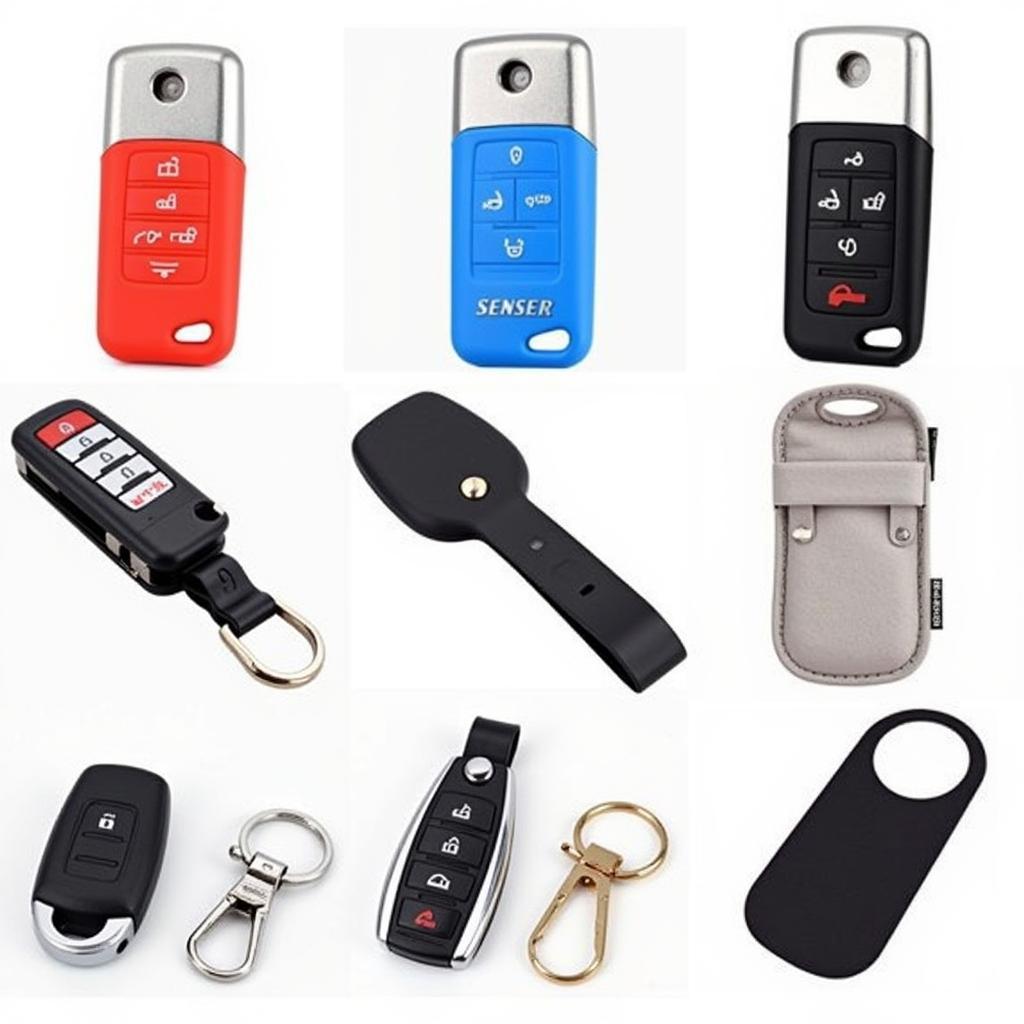So, your 2013 Buick Lacrosse key fob took a dive, and now your car’s gone silent? Don’t panic just yet. A wet key fob is a surprisingly common issue, and it doesn’t always mean a trip to the dealership. Let’s break down why this happens and, more importantly, how to get your Lacrosse back on the road.
Why a Wet Key Fob Spells Trouble
Your key fob is a tiny computer that sends signals to your car’s immobilizer system. Get water in the mix, and you risk short circuits, corrosion, and a whole lot of communication breakdown. Here’s the thing: even a little moisture inside the fob can disrupt the delicate electronics and prevent the signal from reaching your car.
Troubleshooting Your Waterlogged Key Fob
Before you call the tow truck, try these steps:
- Remove the Battery: Immediately pop open the key fob and remove the battery. This stops any potential further damage from an electrical short.
- Dry Thoroughly: Gently pat the key fob and battery dry with a clean, absorbent cloth. Avoid using heat, like a hairdryer, which can warp the plastic or damage internal components.
- Air Dry: Let your key fob air dry for at least 24 hours. This allows any trapped moisture to evaporate fully. You can try placing it in a bowl of uncooked rice to absorb excess moisture.
- Test the Battery: After drying, test your key fob battery with a multimeter. If the voltage is low, replace it with a fresh one.
- Try Again: Reassemble your key fob and try starting your car.
Still No Luck? Don’t Give Up
If your 2013 Buick Lacrosse still won’t start after these steps, you might have a more complex issue. Here are a few possibilities:
- Damaged Key Fob: Water damage can sometimes be irreparable, requiring a key fob replacement.
- Programming Issues: The immobilizer system might have lost its connection with your key fob, necessitating reprogramming.
In either case, it’s best to contact a qualified automotive locksmith or your Buick dealership. They have the expertise and tools to diagnose and fix the problem correctly.
Preventative Measures for the Future
Water and electronics don’t mix – that’s a given. Here are a few simple ways to protect your key fob from future water damage:
- Keep it High and Dry: Avoid keeping your keys in your pocket or near water sources. Use a designated key hook or compartment in your bag.
- Invest in a Waterproof Case: Consider a waterproof case or pouch for added protection, especially if you frequently engage in water activities.
Key Takeaways: A Wet Key Fob Doesn’t Have to Be a Disaster
Remember, a little water doesn’t always spell doom for your key fob. Quick action, thorough drying, and knowing when to call in the pros are crucial. Keep these tips in mind, and you’ll be back to cruising in your Buick Lacrosse in no time.
Expert Insight: “I often see drivers panic when their key fob gets wet. While it’s understandable, it’s important to remember that key fobs are designed with a degree of water resistance. However, prompt action and proper drying techniques are essential to prevent long-term damage.” – John Smith, Senior Automotive Technician
What if my 2013 Buick Lacrosse key fob got wet in saltwater?
Saltwater is especially corrosive. Rinse the fob with fresh water before removing the battery and drying it.
Can I use my wet key fob to manually unlock my car?
Yes, most key fobs have a hidden mechanical key inside for this purpose. Check your owner’s manual for instructions.
How much does it cost to replace a 2013 Buick Lacrosse key fob?
Prices vary depending on the dealership and whether programming is required. Expect to pay between $150 to $300.
 Waterproof Key Fob Case
Waterproof Key Fob Case
Need further assistance with your Key Fob issue?
Contact our team of experts 24/7 via WhatsApp: +1(641)206-8880 or Email: [email protected]. We’re here to help get you back on the road.

Leave a Reply